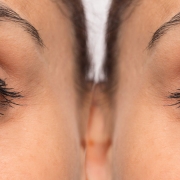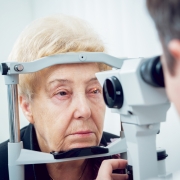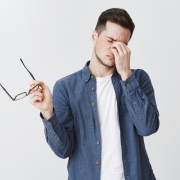Do All Elderly People Eventually Develop Cataracts?
The older you get, the more common it is to hear about parents, grandparents and older friends developing cataracts. It probably seems like all elderly people eventually get cataracts. While over half of elderly people over age 80 do develop cataracts, it’s not a foregone conclusion. In Champaign, IL cataract treatment and prevention help is available at Champaign Eye Professionals.
What Are Cataracts?
Cataracts are caused by a clouding up of the lens on the surface of the eye. The clouding is due to protein build-up. Cataracts develop slowly, over time. If you are developing cataracts, then you may notice your vision becoming hazy or blurry. Eventually, cataracts can cause total blindness. You can avoid this scenario by taking steps now to prevent cataracts. While elderly people are more likely to develop cataracts, all older people do not always get cataracts.
Tips to Prevent Cataracts
If you would prefer to avoid needing treatment for cataracts in Champaign, IL altogether, there are ways to help prevent this condition:
- Wear sunglasses. Chronic UV light exposure has been shown to be a contributing factor for developing cataracts.
- Quit smoking. Nicotine and other toxic ingredients in tobacco products lower your immune system’s ability to ward off cataracts, as well as causes more pressure inside the blood vessels in your eyes and body.
- Increase vegetable intake. A healthy diet will enhance your immune system and keep you healthier overall.
- Get regular eye exams. Your eye doctor in Champaign, IL can screen you for the development of cataracts. The sooner they are detected, the better for your outcome.
The best way for you to avoid being part of the statistic on elderly people developing cataracts is to take care of your eyes and have regular eye exams. Contact us to learn more about cataracts and the available treatment.






